Sustainable Style: How to Care for Your Vintage Wardrobe
Imagine slipping into a garment that tells a story of bygone eras, carrying whispers of the past and a unique sense of character. That’s the magic of vintage clothing! The Curse Core brand believes in honoring these treasures properly and is dedicated to preserving the beauty and history of every pre-loved and vintage clothing piece. Whether you’re a seasoned vintage enthusiast or new to sustainable fashion, this comprehensive care guide ensures your cherished pieces stand the test of time!
Sustainable Style: How to Care for Your Vintage Wardrobe
Imagine slipping into a garment that tells a story of bygone eras, carrying whispers of the past and a unique sense of character. That’s the magic of vintage clothing! The Curse Core brand believes in honoring these treasures properly and is dedicated to preserving the beauty and history of every pre-loved and vintage clothing piece. Whether you’re a seasoned vintage enthusiast or new to sustainable fashion, this comprehensive care guide ensures your cherished pieces stand the test of time!
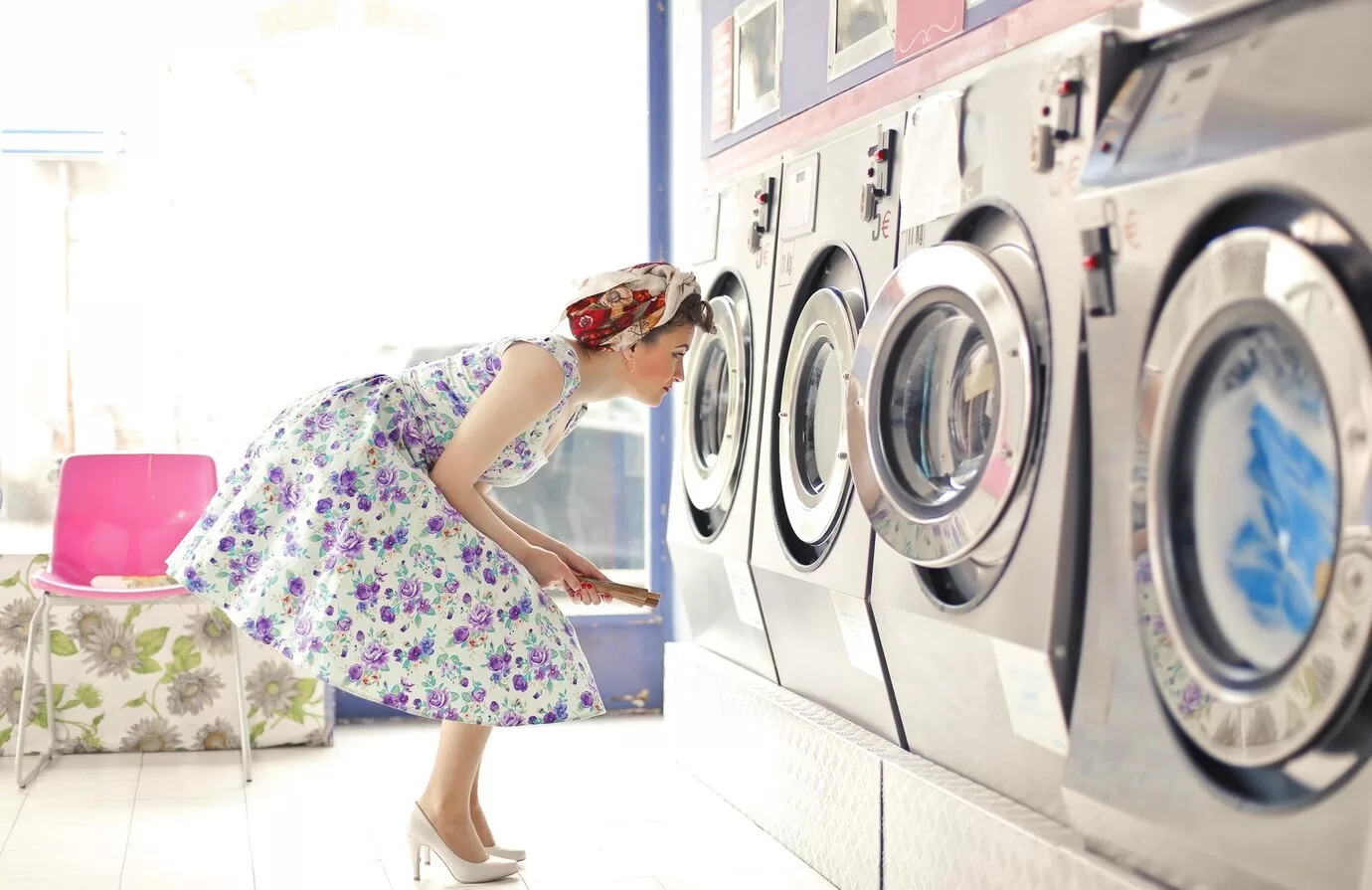

Avoiding hot water in wash cycles is critical to ensure your clothing pieces have the most extended lifespan. Hot water can cause fabrics to shrink, colors to fade, and fibers to break down more quickly. By consistently using cold water in the wash, you preserve the integrity and vibrancy of your garments and save energy, making your laundry routine more eco-friendly. In addition to using cold water, handle the drying process carefully: tumble dry your clothes for an hour or so to remove excess moisture, then hang them to air dry to prevent heat damage.
Remember that a gentle touch is crucial when it’s time to freshen up your pre-loved and vintage garments. These pieces often have delicate cloth, intricate embellishments, or fragile stitching that require extra care to maintain their beauty and integrity. Opt for hand washing whenever possible, as this method allows you to control the water temperature and agitation, minimizing the risk of damage. If hand washing isn’t feasible, use your machine’s delicate cycle settings, specifically designed to be gentler on clothes.
Hand washing clothing effectively removes dirt and oils while minimizing agitation, which helps maintain fiber integrity and prevent damage. Using cold water not only preserves colors but also reduces the risk of shrinkage and protects delicate fabrics, making it ideal for items like silk and wool.
Additionally, use a mild detergent formulated for delicate fabrics to avoid harsh chemicals that can weaken fibers. Avoid wringing out your clothes, as this can distort their shape; gently press out excess water and lay them flat to dry. By implementing these practices into your weekly laundry routine, you can take pride in knowing that your wardrobe is now officially as sustainable as possible, extending the life of your clothes and contributing to a more sustainable fashion industry by reducing energy consumption and waste!
Avoiding hot water in wash cycles is critical to ensure your clothing pieces have the most extended lifespan. Hot water can cause fabrics to shrink, colors to fade, and fibers to break down more quickly. By consistently using cold water in the wash, you preserve the integrity and vibrancy of your garments and save energy, making your laundry routine more eco-friendly. In addition to using cold water, handle the drying process carefully: tumble dry your clothes for an hour or so to remove excess moisture, then hang them to air dry to prevent heat damage.
Remember that a gentle touch is crucial when it’s time to freshen up your pre-loved and vintage garments. These pieces often have delicate cloth, intricate embellishments, or fragile stitching that require extra care to maintain their beauty and integrity. Opt for hand washing whenever possible, as this method allows you to control the water temperature and agitation, minimizing the risk of damage. If hand washing isn’t feasible, use your machine’s delicate cycle settings, specifically designed to be gentler on clothes.
Hand washing clothing effectively removes dirt and oils while minimizing agitation, which helps maintain fiber integrity and prevent damage. Using cold water not only preserves colors but also reduces the risk of shrinkage and protects delicate fabrics, making it ideal for items like silk and wool.
Additionally, use a mild detergent formulated for delicate fabrics to avoid harsh chemicals that can weaken fibers. Avoid wringing out your clothes, as this can distort their shape; gently press out excess water and lay them flat to dry. By implementing these practices into your weekly laundry routine, you can take pride in knowing that your wardrobe is now officially as sustainable as possible, extending the life of your clothes and contributing to a more sustainable fashion industry by reducing energy consumption and waste!
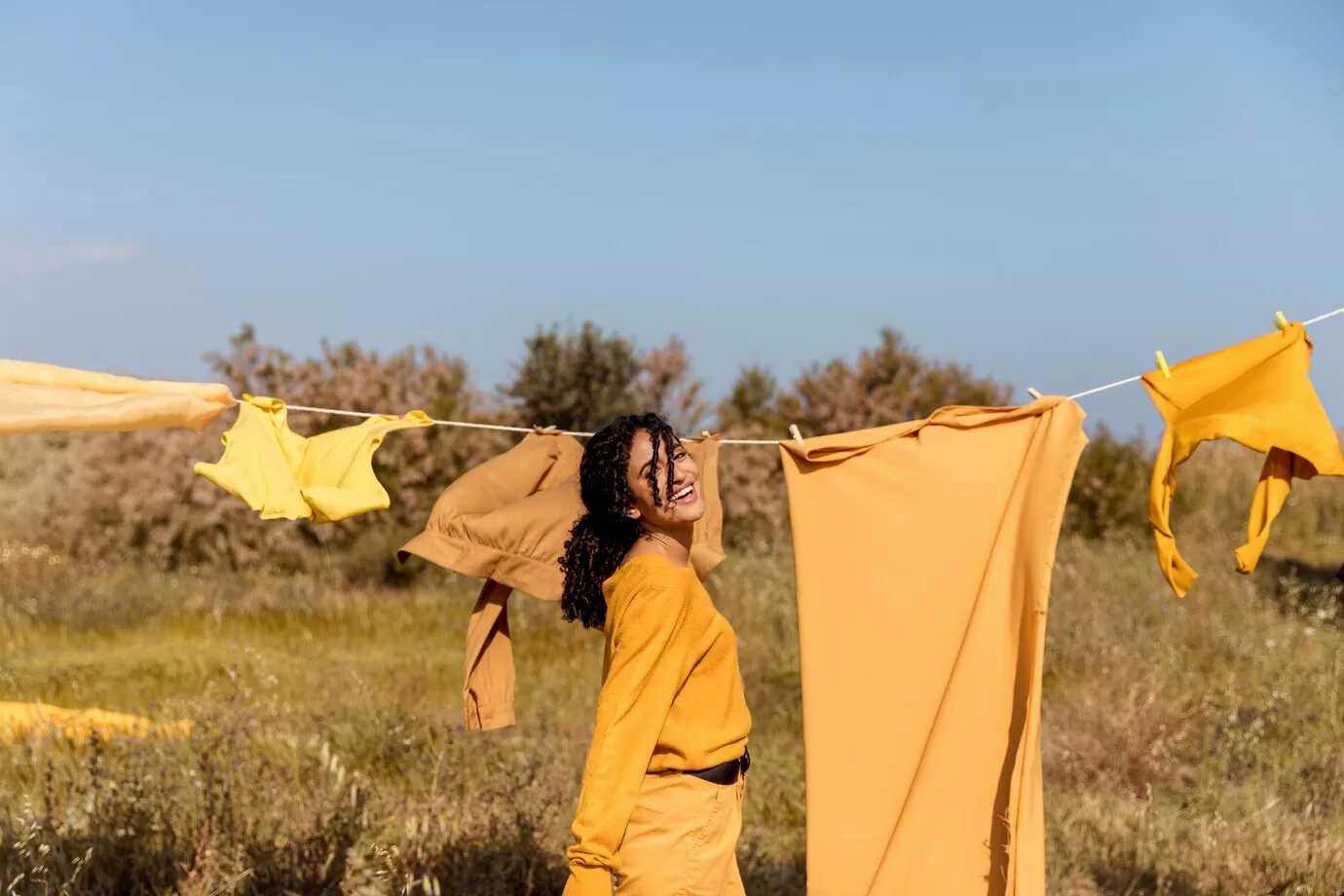

To preserve your more delicate fabrics and prevent any risk of shrinking, it’s essential to adopt gentle drying methods. After washing your garments in cold water, opt for air drying by laying them flat on a clean towel or hanging them on padded hangers. This allows the clothing to maintain its shape and structure without being subjected to the agitation of a dryer.
Moreover, it’s crucial to be mindful of the drying environment; avoid direct sunlight, as prolonged exposure can lead to fading and weakening of the fibers over time. Instead, choose a well-ventilated area away from direct heat sources to ensure your fashion pieces retain their original structure.
To preserve your more delicate fabrics and prevent any risk of shrinking, it’s essential to adopt gentle drying methods. After washing your garments in cold water, opt for air drying by laying them flat on a clean towel or hanging them on padded hangers. This allows the clothing to maintain its shape and structure without being subjected to the agitation of a dryer.
Moreover, it’s crucial to be mindful of the drying environment; avoid direct sunlight, as prolonged exposure can lead to fading and weakening of the fibers over time. Instead, choose a well-ventilated area away from direct heat sources to ensure your fashion pieces retain their original structure.
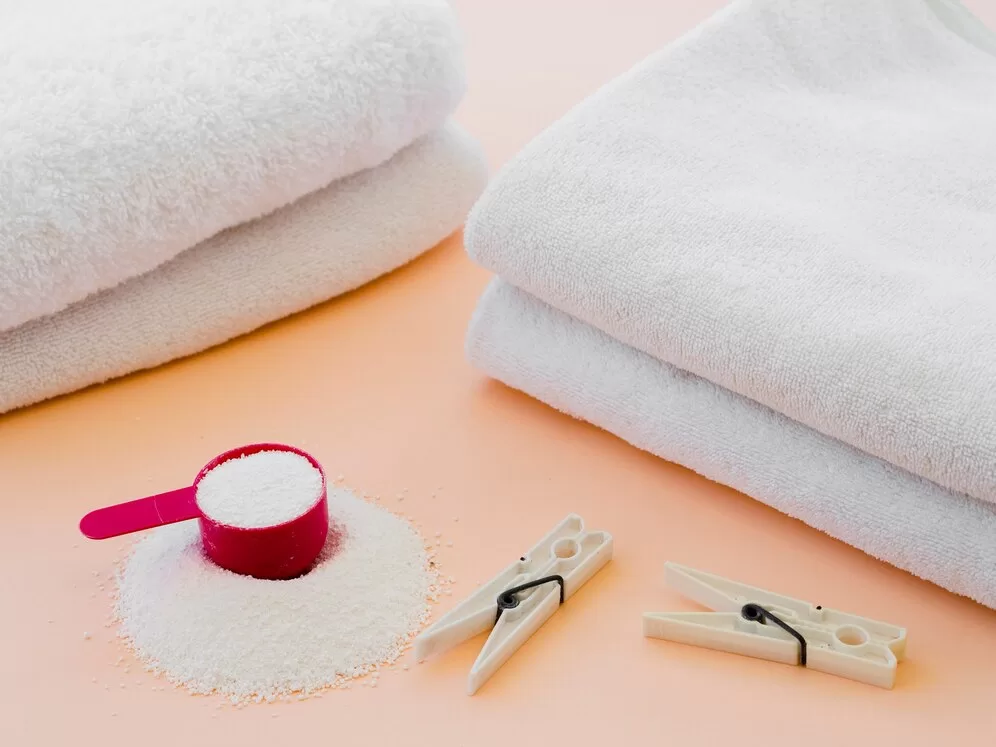

Natural cleaning agents like white vinegar, baking soda mixed with a cup of lukewarm water, and plant-based laundry detergent are the best options for washing your sustainable fashion pieces. These alternatives are gentle on fabrics, preserving the longevity of your clothes. They are also eco-friendly, reducing the release of harmful chemicals into waterways and better for your skin, minimizing the risk of irritation or allergies from synthetic detergents.
Baking soda, or sodium bicarbonate, is a mild abrasive that effectively scrubs surfaces without causing damage. Vinegar, on the other hand, is a natural acid that cuts through grease, removes mineral deposits, and kills many types of bacteria and mold.
For stubborn stains, consider spot-treating with a mild detergent or stain remover before washing, as this can significantly improve the effectiveness of your cleaning efforts without resorting to harsher methods that may damage your clothing. Take the time to gently dab or rub the detergent into the stain, allowing it to penetrate and break down the residue before placing the garment in the wash.
Always test cleaning products on a small, inconspicuous area first to prevent unintended damage, such as discoloration or fabric weakening, which can occur with some materials and treatments. This extra step ensures the product is safe for the entire garment and helps maintain your clothes’ overall quality and appearance.
Natural cleaning agents like white vinegar, baking soda mixed with a cup of lukewarm water, and plant-based laundry detergent are the best options for washing your sustainable fashion pieces. These alternatives are gentle on fabrics, preserving the longevity of your clothes. They are also eco-friendly, reducing the release of harmful chemicals into waterways and better for your skin, minimizing the risk of irritation or allergies from synthetic detergents.
Baking soda, or sodium bicarbonate, is a mild abrasive that effectively scrubs surfaces without causing damage. Vinegar, on the other hand, is a natural acid that cuts through grease, removes mineral deposits, and kills many types of bacteria and mold.
For stubborn stains, consider spot-treating with a mild detergent or stain remover before washing, as this can significantly improve the effectiveness of your cleaning efforts without resorting to harsher methods that may damage your clothing. Take the time to gently dab or rub the detergent into the stain, allowing it to penetrate and break down the residue before placing the garment in the wash.
Always test cleaning products on a small, inconspicuous area first to prevent unintended damage, such as discoloration or fabric weakening, which can occur with some materials and treatments. This extra step ensures the product is safe for the entire garment and helps maintain your clothes’ overall quality and appearance.
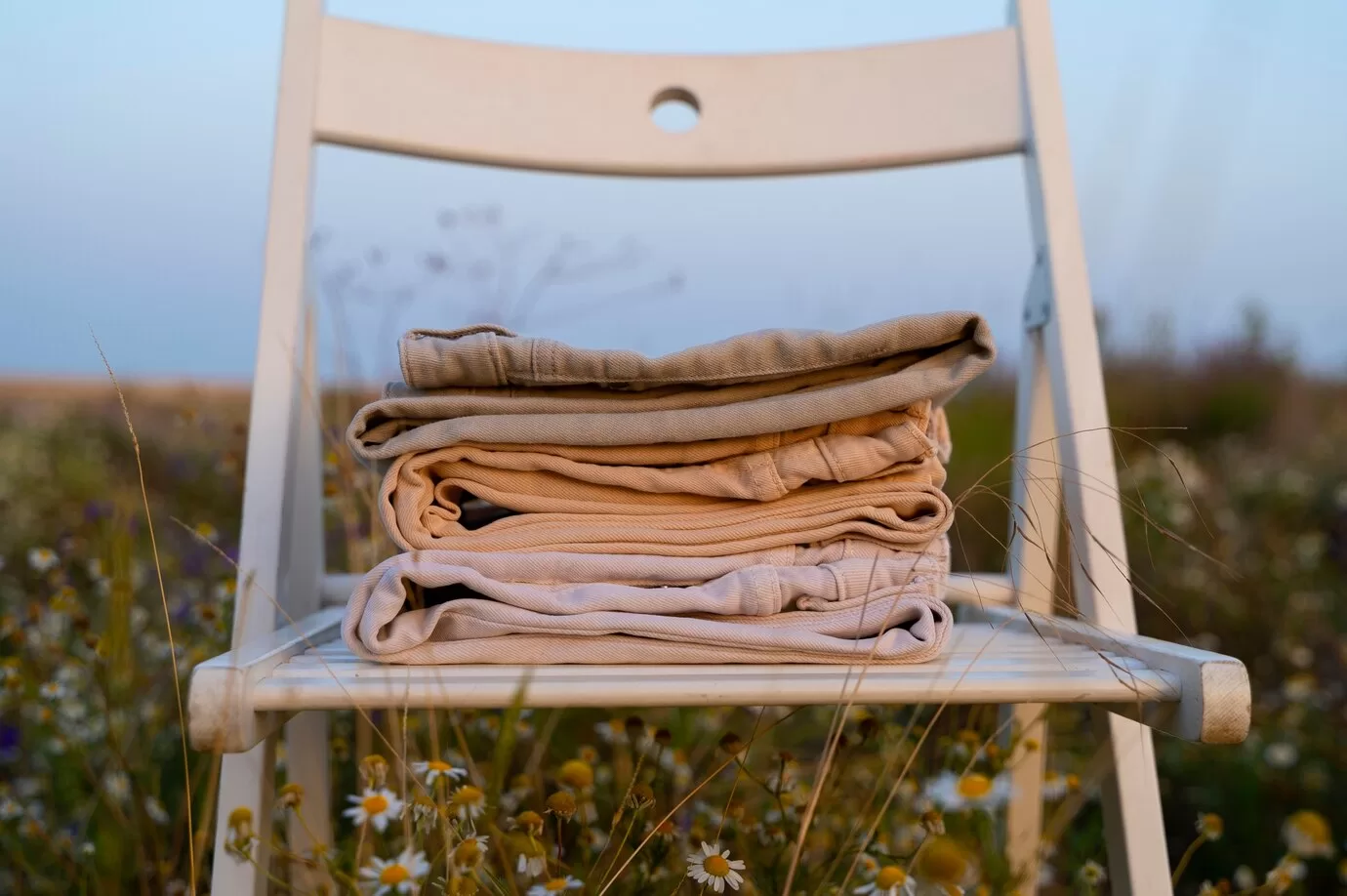

It’s essential to store your garments thoughtfully to prolong their lifespan successfully. Find a designated spot in your home that is cool, dry, and shielded from direct sunlight and moisture, as these elements can cause fabrics to degrade and colors to fade over time. To provide an extra layer of safeguarding against unwanted creases and wrinkles, consider wrapping your garments in acid-free tissue paper before placing them in garment bags.
Additionally, you can repurpose silica gel packets from other goods you’ve purchased, such as shoes or electronics packaging, and strategically place them within your clothing storage. These packets efficiently and effectively absorb moisture, helping prevent mold and mildew growth and ensuring your wardrobe remains pristine.
Acid-free tissue paper is vital for garment preservation because it prevents acid hydrolysis, a reaction caused by acids in regular tissue paper. These acids can break down the fibers in natural fabrics like cotton, silk, and wool, leading to brittleness, discoloration, and weakening over time.
When wearing or handling vintage clothing, it’s wise to exercise mindfulness, especially around delicate areas like seams and buttons. These intricate details are often the hallmark of these pieces, showcasing their unique craftsmanship. Handling them with care and delicacy is essential to guarantee the longevity of your garments. Avoid exerting unnecessary pressure or pulling on the fabric, as this can lead to tears or damage over time.
Take particular care when fastening buttons or zippers, gently guiding them into place to avoid undue stress on the garment. When you treat your clothing with the respect and consideration they deserve, you’ll be able to enjoy their timeless beauty for years, even preserving their history and craftsmanship for future generations!
It’s essential to store your garments thoughtfully to prolong their lifespan successfully. Find a designated spot in your home that is cool, dry, and shielded from direct sunlight and moisture, as these elements can cause fabrics to degrade and colors to fade over time. To provide an extra layer of safeguarding against unwanted creases and wrinkles, consider wrapping your garments in acid-free tissue paper before placing them in garment bags.
Additionally, you can repurpose silica gel packets from other goods you’ve purchased, such as shoes or electronics packaging, and strategically place them within your clothing storage. These packets efficiently and effectively absorb moisture, helping prevent mold and mildew growth and ensuring your wardrobe remains pristine.
Acid-free tissue paper is vital for garment preservation because it prevents acid hydrolysis, a reaction caused by acids in regular tissue paper. These acids can break down the fibers in natural fabrics like cotton, silk, and wool, leading to brittleness, discoloration, and weakening over time.
When wearing or handling vintage clothing, it’s wise to exercise mindfulness, especially around delicate areas like seams and buttons. These intricate details are often the hallmark of these pieces, showcasing their unique craftsmanship. Handling them with care and delicacy is essential to guarantee the longevity of your garments. Avoid exerting unnecessary pressure or pulling on the fabric, as this can lead to tears or damage over time.
Take particular care when fastening buttons or zippers, gently guiding them into place to avoid undue stress on the garment. When you treat your clothing with the respect and consideration they deserve, you’ll be able to enjoy their timeless beauty for years, even preserving their history and craftsmanship for future generations!


When it comes to particularly delicate or valuable appraisal pieces, it’s often best to entrust their care to professionals who specialize in working with vintage textiles. These experts possess the knowledge and skills to handle delicate fabrics and intricate details with the utmost care and precision. Seek out reputable dry cleaners with experience cleaning and restoring vintage garments, and try opting for a small, locally owned business with a skilled tailor and seamstress. By supporting your local businesses, you’re directly contributing to the health of your community economy and opening the door to a beautiful professional relationship!
Establishing a rapport with a local tailor or seamstress allows for personalized care and attention to your garments, ensuring they receive the highest quality of service. Moreover, this relationship can be mutually beneficial, as you can learn from their expertise while contributing to your neighbor’s success. By investing in your local community and growing these professional connections, you can rest assured that your vintage apparel pieces are in capable hands.
Professionals who are experienced in handling vintage fabrics understand the unique needs of materials like silk and lace, ensuring that techniques such as wet cleaning or gentle hand washing are employed.
Store your garments with cedar blocks or lavender sachets to preserve their condition and protect them from potential moth damage. The aromatic properties of cedar and lavender act as natural repellents, warding off insects and keeping your pieces safe from harm.
Additionally, it’s important to regularly inspect stored items for any signs of pests or deterioration. Take the time to carefully examine each garment, paying close attention to seams, folds, and other vulnerable areas where pests may hide. If you detect any issues, such as holes or discoloration, address them promptly to prevent further damage. By remaining vigilant and proactive in your preservation efforts, you can take comfort in knowing your collection is safeguarded at every turn.
When it comes to particularly delicate or valuable appraisal pieces, it’s often best to entrust their care to professionals who specialize in working with vintage textiles. These experts possess the knowledge and skills to handle delicate fabrics and intricate details with the utmost care and precision. Seek out reputable dry cleaners with experience cleaning and restoring vintage garments, and try opting for a small, locally owned business with a skilled tailor and seamstress. By supporting your local businesses, you’re directly contributing to the health of your community economy and opening the door to a beautiful professional relationship!
Establishing a rapport with a local tailor or seamstress allows for personalized care and attention to your garments, ensuring they receive the highest quality of service. Moreover, this relationship can be mutually beneficial, as you can learn from their expertise while contributing to your neighbor’s success. By investing in your local community and growing these professional connections, you can rest assured that your vintage apparel pieces are in capable hands.
Professionals who are experienced in handling vintage fabrics understand the unique needs of materials like silk and lace, ensuring that techniques such as wet cleaning or gentle hand washing are employed.
Store your garments with cedar blocks or lavender sachets to preserve their condition and protect them from potential moth damage. The aromatic properties of cedar and lavender act as natural repellents, warding off insects and keeping your pieces safe from harm.
Additionally, it’s important to regularly inspect stored items for any signs of pests or deterioration. Take the time to carefully examine each garment, paying close attention to seams, folds, and other vulnerable areas where pests may hide. If you detect any issues, such as holes or discoloration, address them promptly to prevent further damage. By remaining vigilant and proactive in your preservation efforts, you can take comfort in knowing your collection is safeguarded at every turn.


Pre-loved and vintage clothing possesses a distinctive charm that often includes minor imperfections and signs of wear. Rather than viewing these quirks as flaws to be concealed, embrace them as integral parts of the garment’s story and character! Each frayed edge, faded hue, or stitch out of place contributes to the piece’s narrative, reflecting its journey through time and previous wearers. These imperfections make vintage clothing unique, distinguishing it from mass-produced items and imbuing it with authenticity. So, celebrate the uniqueness of each vintage find and wear it proudly, knowing that you’re not just donning ordinary apparel choices but a historical piece of fashion!
By meticulously adhering to these care guidelines, you can guarantee the pristine condition of your pre-loved and vintage clothing and extend the duration of your enjoyment of their beauty and charm. Remember that caring for your treasures is not merely a routine chore but a labor of love—a heartfelt dedication to preserving each piece’s rich history and inherent allure. Moreover, it represents a significant contribution to the broader ethos of sustainable fashion practices, as your commitment to conscientious garment care helps minimize the environmental footprint associated with clothing consumption.
So, as you tenderly launder, gently fold, and thoughtfully store your vintage garments, you’re maintaining their physical appearance, nurturing a deeper connection to the past, and actively participating in the movement towards a more sustainable future in fashion.
Pre-loved and vintage clothing possesses a distinctive charm that often includes minor imperfections and signs of wear. Rather than viewing these quirks as flaws to be concealed, embrace them as integral parts of the garment’s story and character! Each frayed edge, faded hue, or stitch out of place contributes to the piece’s narrative, reflecting its journey through time and previous wearers. These imperfections make vintage clothing unique, distinguishing it from mass-produced items and imbuing it with authenticity. So, celebrate the uniqueness of each vintage find and wear it proudly, knowing that you’re not just donning ordinary apparel choices but a historical piece of fashion!
By meticulously adhering to these care guidelines, you can guarantee the pristine condition of your pre-loved and vintage clothing and extend the duration of your enjoyment of their beauty and charm. Remember that caring for your treasures is not merely a routine chore but a labor of love—a heartfelt dedication to preserving each piece’s rich history and inherent allure. Moreover, it represents a significant contribution to the broader ethos of sustainable fashion practices, as your commitment to conscientious garment care helps minimize the environmental footprint associated with clothing consumption.
So, as you tenderly launder, gently fold, and thoughtfully store your vintage garments, you’re maintaining their physical appearance, nurturing a deeper connection to the past, and actively participating in the movement towards a more sustainable future in fashion.


You’re encouraged to share tips and experiences about caring for your wardrobe! By sharing our collective knowledge, we can grow and learn as a community, developing better practices surrounding eco-friendly fashion and reducing waste. Whether you have a tried-and-true method for removing stains from delicate fabrics, a favorite way to store vintage garments, or tips on where to find the best thrift shops, your contributions are invaluable.
Together, we can create a rich vault of wisdom that helps preserve the beauty and longevity of vintage pieces and encourages more sustainable habits. Every story, tip, or advice you share helps someone else on their journey toward a more sustainable wardrobe. At Curse Core, the primary goal is to inspire each other to take better care of our cherished garments and positively impact the environment by reducing the need for fast fashion!
The Curse Core community blog offers a myriad of resources meant to educate and celebrate sustainable fashion. You’re invited to spread the word about the joys of owning a long-lasting, eco-friendly wardrobe, championing sustainability, and combating waste in our modern society. Be a part of the cause, and let’s fight the good fight together.
You’re encouraged to share tips and experiences about caring for your wardrobe! By sharing our collective knowledge, we can grow and learn as a community, developing better practices surrounding eco-friendly fashion and reducing waste. Whether you have a tried-and-true method for removing stains from delicate fabrics, a favorite way to store vintage garments, or tips on where to find the best thrift shops, your contributions are invaluable.
Together, we can create a rich vault of wisdom that helps preserve the beauty and longevity of vintage pieces and encourages more sustainable habits. Every story, tip, or advice you share helps someone else on their journey toward a more sustainable wardrobe. At Curse Core, the primary goal is to inspire each other to take better care of our cherished garments and positively impact the environment by reducing the need for fast fashion!
The Curse Core community blog offers a myriad of resources meant to educate and celebrate sustainable fashion. You’re invited to spread the word about the joys of owning a long-lasting, eco-friendly wardrobe, championing sustainability, and combating waste in our modern society. Be a part of the cause, and let’s fight the good fight together.

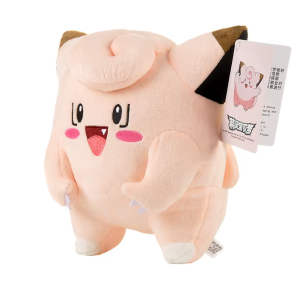
Leave A Comment